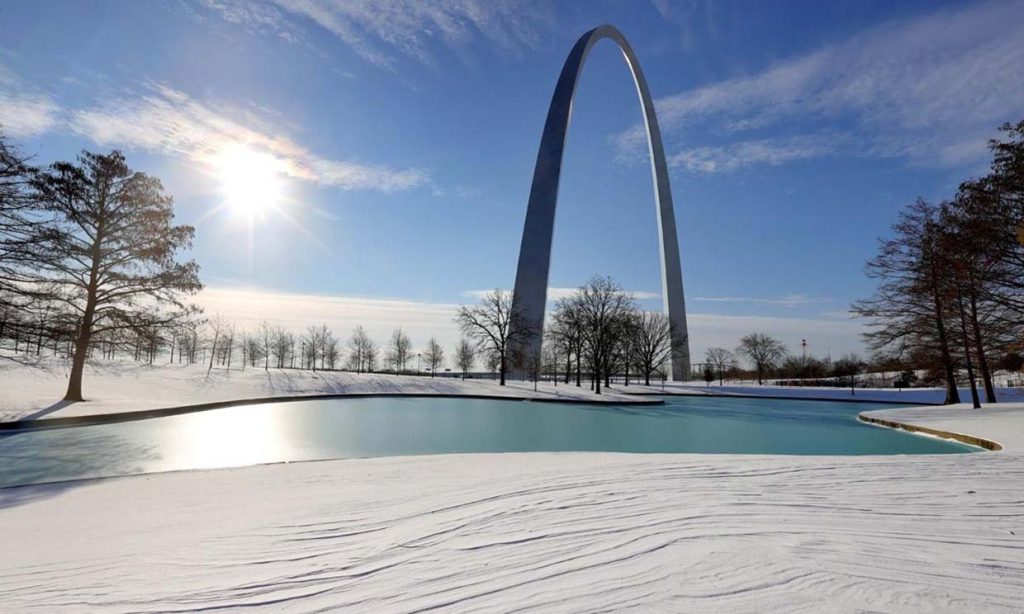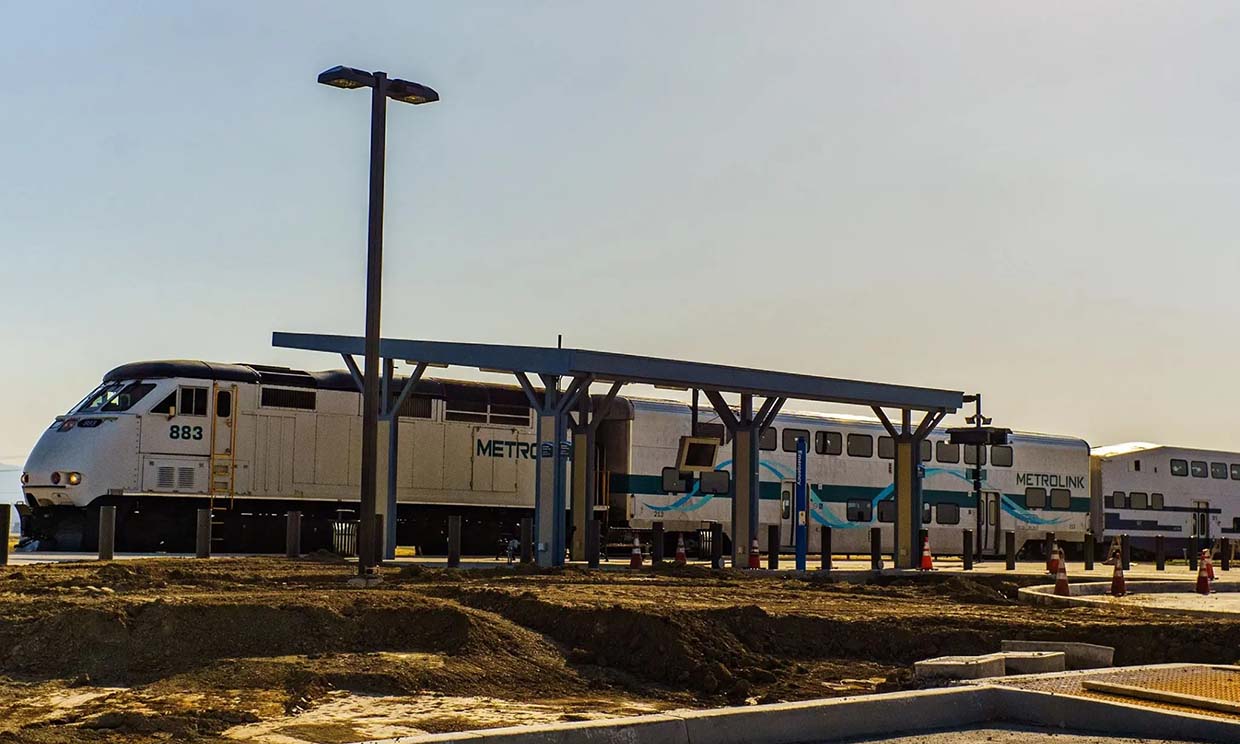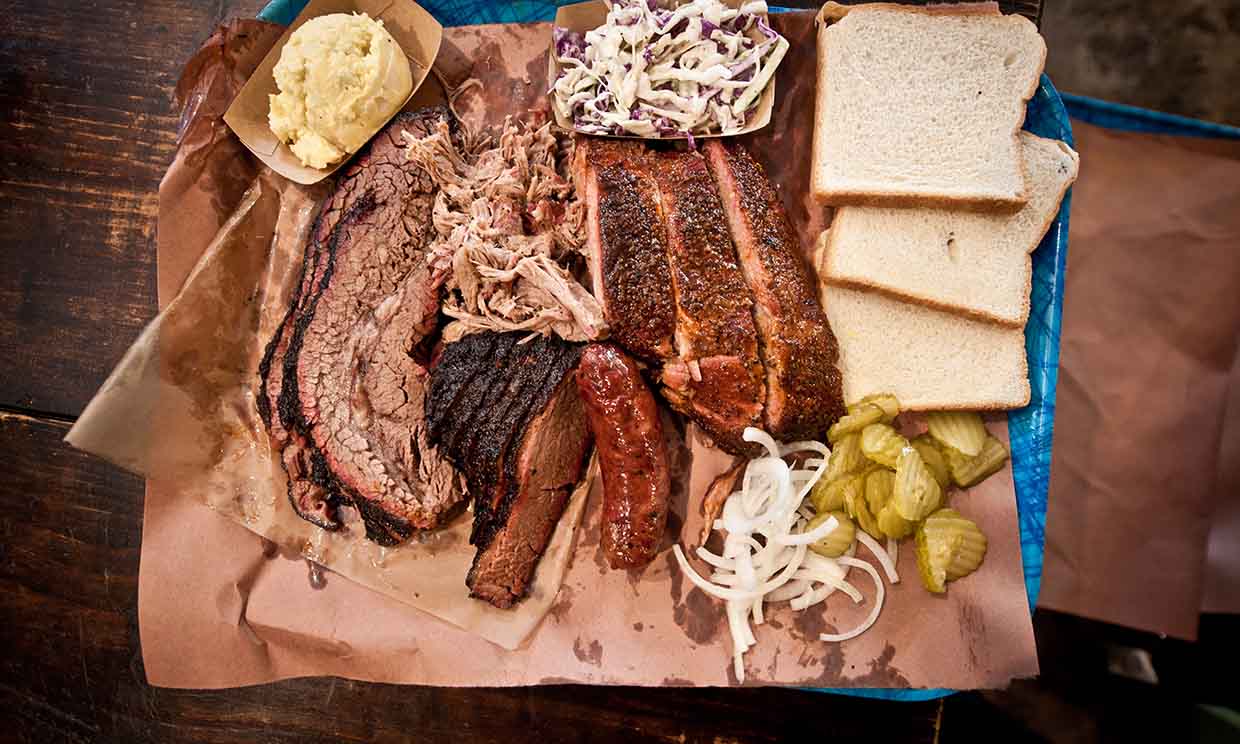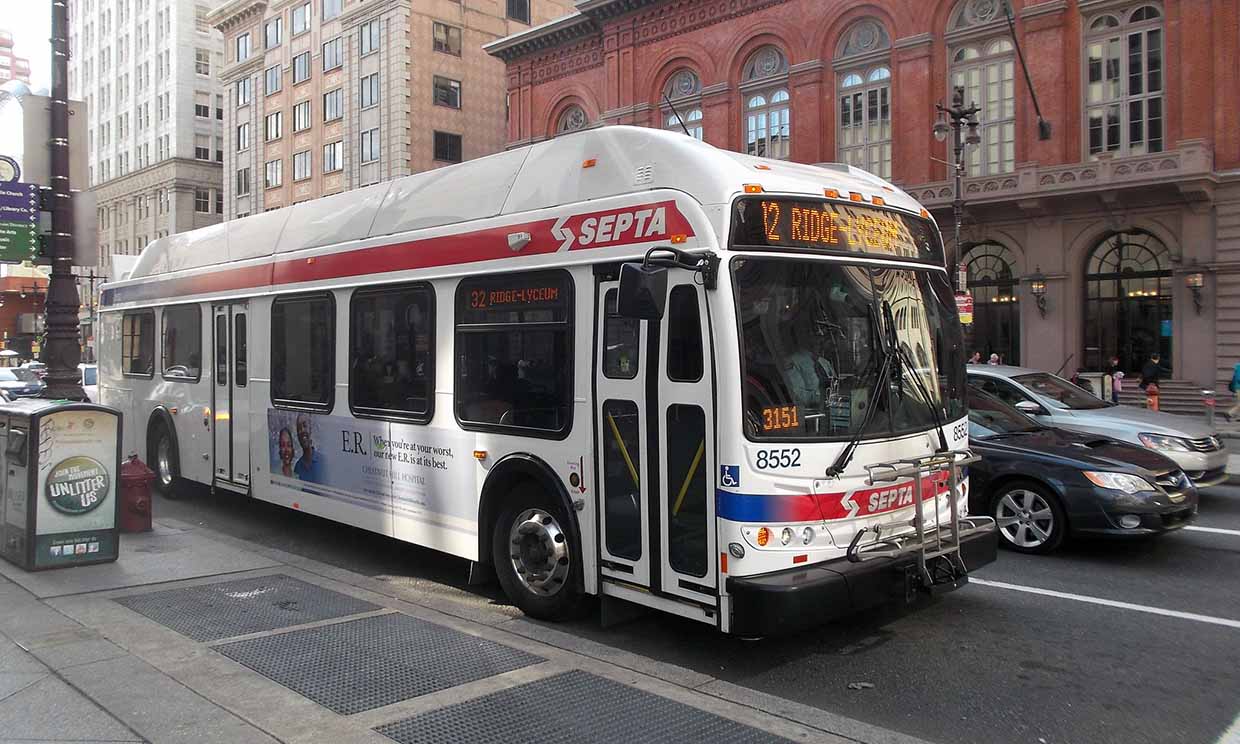St. Louis, the city that sits gracefully along the Mississippi River, has a kind of charm I couldn’t ignore. At first glance on the map, it seemed like just a midpoint between Chicago and Kansas City. But once I set foot here, I realized that St. Louis is a city where cultural depth, architectural beauty, Southern hospitality, and Midwestern sincerity intertwine into a unique rhythm.
It was my first visit to St. Louis. The season was late winter—January air carried a damp chill, but the sunlight was just right. Despite the biting wind, the city felt warm. From the grid-shaped streets to every red-brick building, from the river views beneath the Arch to the jazz music drifting through alleyways—if you’re planning your first trip here, these eight details are absolutely worth knowing in advance.
1. The Meaning of the “Gateway to the West” Goes Beyond a Photo Op
In St. Louis, the towering Gateway Arch is almost synonymous with the city itself. Naturally, as a first-time visitor, I couldn’t resist heading to the riverfront right away. From afar, the Arch looked like a silver crescent reflected on the Mississippi River—a surreal sight that left me speechless.
But the Arch isn’t just a city landmark; it symbolizes the historic spirit of “westward expansion” during the 19th century. You can ride a tram to the top. Though the space inside is narrow and slightly claustrophobic, standing 192 meters above the ground and looking out over the city is breathtaking. The panoramic view includes the Mississippi River, downtown St. Louis, and even the Illinois countryside on a clear day. I strongly recommend booking your ticket online in advance—during peak seasons, on-site tickets often involve long wait times that can exceed an hour.
Also, don’t miss the Gateway Arch National Park at the foot of the monument. A walk along the river, with open green spaces, gentle hills, and sculptures scattered throughout, is perfect for a morning jog, an afternoon picnic, or a quiet evening stroll. The museum under the Arch is also worth visiting, offering a rich multimedia experience of American frontier history.
2. Unpredictable Weather Means Layering is Essential
Located in the American Midwest, St. Louis experiences clear seasonal transitions that can surprise even well-prepared travelers. Even in January, daytime temperatures can briefly warm up into the 40s or even low 50s (°F), but evenings drop quickly to near freezing. During my visit, a light trench coat was enough for the day, but by nightfall, I had to pull out a down jacket and scarf.
I recommend preparing layered outfits: a sweater underneath, a fleece or insulated mid-layer, and a windproof outer shell. That way, you can adjust quickly to the temperature swings. St. Louis winters are also quite humid, which makes the cold feel sharper. Waterproof shoes, wind-resistant hats, and a thermos bottle are all very practical travel companions. You might even want to bring gloves with touch-screen capability, as your hands can get cold quickly while navigating maps or snapping photos. When packing, consider quick-dry fabrics and thermal underwear, especially if you plan to spend extended time outdoors exploring parks or walking between attractions.

3. Hotels Here Are Full of Character—Vintage is In
If you’re looking for accommodation with charm, consider one of the many boutique hotels housed in renovated historical buildings in downtown St. Louis. I stayed at The Last Hotel, originally built in 1909 as a shoe company’s headquarters. Today, it’s been transformed with an industrial vintage aesthetic—brick walls, metal windows, and modern comfort coexisting beautifully. The lobby alone feels like a blend of past and present, with marble floors, leather furniture, and contemporary artwork that reflects the building’s transformation.
Another memorable stay was at the Cheshire Hotel, a quaint English countryside-style inn where each room is named after a British literary character. Staying there felt like stepping into a classic novel. There’s even a cozy pub downstairs, complete with fireplaces and wood paneling, which adds to the ambiance. Nearby, you’ll find Forest Park, the Art Museum, and more—perfect for a cultural escape that balances luxury with literary nostalgia.
Always book your hotel in advance through platforms like Booking.com, Expedia, or Hotels.com. During holidays or conventions, room prices spike, and last-minute options are very limited. Planning early ensures both savings and the chance to secure the most character-filled rooms.
4. Don’t Miss the Childlike Wonder of the City Museum
The City Museum was hands-down the most surprising stop on my trip. Unlike traditional museums, it’s more of a giant adult playground built from industrial salvage. You can climb between airplane fuselages, crawl through recycled pipes, or fly down a ten-story slide. The entire space is an interactive sculpture built from repurposed architectural and industrial objects—no two corners are the same.
Whether you visit by day or night, this museum is packed with energy. At night, the museum transforms with dramatic lighting and a party-like atmosphere—especially in summer when the rooftop Ferris wheel operates. It’s especially great for photography lovers, adventurers, and anyone wanting to unleash their inner child. One tip: wear sturdy shoes, skip dresses or expensive clothes—you’ll be glad you did once you start crawling and sliding around. It’s a place where curiosity is rewarded, and there’s no such thing as “just looking.” Prepare to play.
5. The Food Scene in St. Louis Will Exceed Your Expectations
Don’t assume St. Louis is just about steak. The culinary culture here blends Southern soul food, German baking traditions, and authentic Missouri flavors.
Must-try local delicacies include:
- St. Louis-style pizza: Ultra-thin crust topped with Provel cheese—unlike any other.
- Toasted ravioli: Deep-fried Italian-style dumplings, a classic street food snack.
- BBQ ribs: Try Pappy’s Smokehouse—prepare to wait in line during peak hours.
- Gooey Butter Cake: Sweet, rich, yet surprisingly light. Perfect for afternoon tea.
Take a stroll through Soulard Market, and you’ll feel the city’s heartbeat through its vibrant stalls of fresh produce, cheese, and spices.
6. Limited Public Transit—Renting a Car Gives You Freedom
Though St. Louis has a light rail system (MetroLink) and buses, the coverage is limited, especially for attractions located in the suburbs or outer neighborhoods. I chose to rent a car straight from the airport, driving into the city and then heading out to local vineyards, Forest Park, and St. Charles. This gave me the flexibility to explore hidden gems like boutique antique shops in Maplewood and hike quieter trails in the county parks. If you’re only exploring downtown, Uber and Lyft are reliable, but fares can add up quickly, especially during peak hours or after events.
Tip: Compare rental prices on Rentalcars.com or Enterprise, and opt for airport pickup. In winter, ensure the vehicle has good tires, windshield washer fluid, and insurance in case of icy roads or snow-covered streets.

7. From Airport to Downtown—Timing Matters More Than Price
St. Louis’s main airport, Lambert International Airport (STL), is about a 25-minute drive northwest of downtown. You can take the MetroLink, but if you’re carrying luggage or arriving at night, a taxi or rental car is more convenient. I once arrived past midnight and was grateful I’d pre-booked a ride in advance, as the transit options were sparse at that hour. When booking your flight, don’t just chase low prices. Many “cheap” options involve red-eye departures or long layovers that drain your energy. Use platforms like Google Flights, Skyscanner, or Kayak to track flexible, cost-effective options with better flight times.
Also, check out Southwest Airlines—they operate direct routes to and from St. Louis, often at surprisingly competitive prices, especially if you’re booking within the U.S. and value two free checked bags.
8. The Mississippi River at Sunset Is the City’s Most Tender Moment
Any river city has its own poetic charm at dusk. In St. Louis, the Mississippi River is one of my favorite walking routes.
I especially recommend visiting Eads Bridge or Malcolm W. Martin Memorial Park at sunset. From the riverbank, you can see the Arch glowing orange in the evening light—a view so stunning it might take your breath away. In winter, the air is crisp and the sky extra clear, making for postcard-perfect photos.
St. Louis is a city that rewards slow exploration. It doesn’t shout like New York or dazzle like Los Angeles. But here, every alley, every historic site, every dish, and every sunset holds its own story.
When I first arrived, I thought it would be just another stop in the Midwest. But it became one of the most unforgettable city experiences I’ve had. You might find yourself going from “first-time visitor” to someone already planning a return.
If you’re getting ready for your first trip to St. Louis, I hope these eight details will help open the right door to your journey.



